| 1. |
This 1797 painting Lion and Tiger Fighting is by which British Romantic artist? 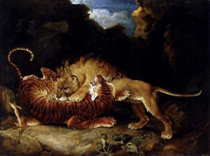
|
||||||||
|
| 2. |
The Bard is a 1774 nationalistic painting by the artist Thomas Jones. What nationality was he? 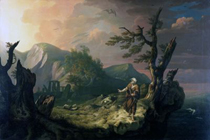
|
||||||||
|
| 3. |
What is the name of this 1818 painting by the German Romantic artist Caspar David Friedrich? 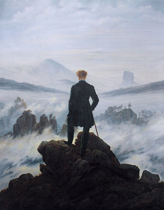
|
||||||||
|
| 4. |
The Raft of the Medusa was completed in 1819 by the French Romantic artist Théodore Gericault. Which other Romantic painter was used as a model for one of the dying figures on the raft? 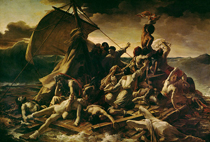
|
||||||||
|
| 5. |
The Cavalier Gaulois by the French sculptor Antoine-Augustin Préault is one of four equestrian statues on the Pont d'Iéna bridge in which city? 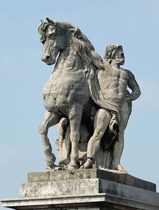
|
||||||||
|
| 6. |
The Third of May 1808 is a depiction of Spain's resistance to Napoleon's armies during the Peninsular War. Which Spanish Romantic artist painted it? 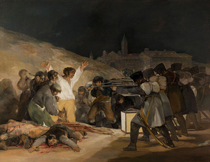
|
||||||||
|
| 7. |
This painting is one in the series The Voyage of Life, painted by Thomas Cole in 1842. The four paintings each symbolise allegorically the four stages of life. Whish stage of life does this picture represent? 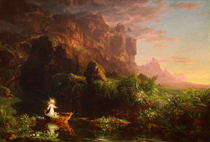
|
||||||||
|
| 8. |
The 1893 painting, The Forging of the Sampo by Akseli Gallen-Kallela, was inspired by the national epic the Kalevala. What country did Gallen-Kallela and the Kalevala both come from? 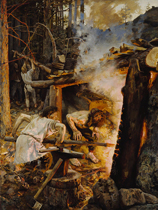
|
||||||||
|
| 9. |
This image, subtitled Lander's Peak was painted in 1863 by the German-American artist Albert Bierstadt. It is a depiction of which mountain range? 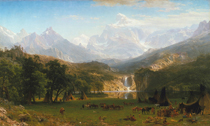
|
||||||||
|
| 10. |
Eføybroen was painted by the Norwegian artist Hans Gude in 1863. It is a landscape painted in which country? 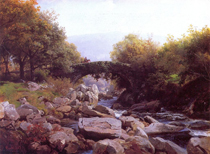
|
||||||||
|

Artistic skill ran in Ward's family. His granddaughter Henrietta Ward was a successful painter and his great-grandson Leslie Ward was a caricaturist